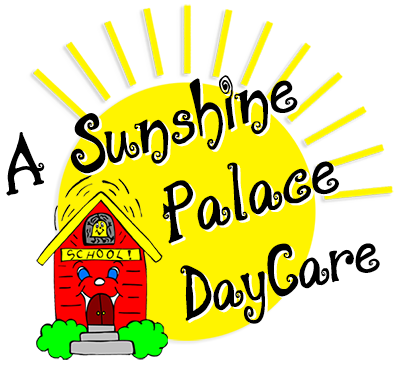Our 4 year old Program
We work with the children to reach these goals.
Motor Development: Gross Motor Skills
- Running is more controlled; can start, stop, and turn
- Turns somersaults; hops on one foot; gallops
- Can easily catch, throw, and bounce a ball
- Walks on tiptoe, broad jumps
- Walks on a balance beam
- Can balance on one foot
- Climb and descend stairs with alternating feet
Motor Development: Fine Motor Skills
- Develops and strengthen eye-hand coordination
- Writes name using correct upper and lower case letters
- Copies crosses and squares
- Prints letters
- Cuts on a line
- Hand preference is established
- Laces (but cannot tie) shoes
- Gasps pencil with pincer grasp
- Colors within lines
- Cuts and pastes simple shapes
LITERACY
- To be exposed to a variety of literature
- To develop comprehension skills
- T o recognize rhyming words
- To recognize upper and lower case alphabet
- To recognize beginning phonic sounds
MATH
- To recognize shapes (star, rectangle, oval, diamond, square, circle, triangle)
- To develop sorting, matching and graphing skills
- To be able to identify existing patterns, copy patterns and create new patterns
- To be able to count to 30
- To recognize numbers 1-10
- To begin simple addition with manipulatives
SCIENCE
- To gain an understanding of cause and effect
- To have numerous hands-on opportunities
ART
- To recognize colors
- To encourage creativity through a variety of open-ended art activities
- To experience cause and effect through various art activities
MUSIC
- To expose children to different styles of music
- To foster listening skills and promote sound awareness
- To encourage children to feel free and interact with music through singing and physical movement
- To develop a feeling for rhythm
Language and Thinking Development
- Understands words that relate one idea to another — if, why, when
- Continues to learn through experience and the senses
- Understands, mostly, the difference between fantasy and reality
- Understands number and space concepts — more, less, bigger, in, under, behind
- Begins to grasp that pictures and symbols can represent real objects
- Starts to recognize patterns among objects — round things, soft things, animals
- Grasps the concepts of past, present, and future but does not understand the duration of time
- Speaks fluently; correctly uses plurals, pronouns, tenses
- Understands and names opposites
Social and Emotional Development
- Takes turns, shares, and cooperates
- Expresses anger verbally rather than physically
- Enjoys pretending and has a vivid imagination
- Plays make-believe and dresses up
- Silly, imaginative, and energetic, your child loves to try new words and new activities.
- Four year-olds crave adult approval. We provide lots of positive encouragement.
- We display calendars to help your child visualize the concept of time.
- We offer opportunities for sorting, matching, counting, and comparing.
- We encourage fine motor skills by letting your child cut pictures out of magazines, string beads, or play with take-apart, put-together toys.
- We help your child recognize his/her emotions by using words to describe them: “I see you’re sad at me right now.”
Children want to learn many new and exciting things. When your child has reached the goals for the 3 and 4 year old program I focus on the rest of these goals:
LANGUAGE DEVELOPMENT (Oral to Written Language)
- To have developed the concept of a story (by creating stories, listening to, retelling in sequence and applying information from stories to daily living)
- To be able to follow one, two and three step directions
- To be able to listen and retell directions and/or basic concepts taught
- To speak in correct, meaningful sentences
- To be able to tell a story both orally and through drawing pictures
FINE MOTOR
- To be able to grasp correctly
- To be able to cut on lines with scissors
- To be able to tie, zipper, button, snap
- To recognize and write upper and lower case letters correctly on lined paper
READING
- To be able to identify letter names and corresponding sounds both in an out of alphabetical order
- To be able to identify initial and final consonants in words
- To recognize rhyming words
- To be able to recognize similarities and differences between objects or groups of objects
- To be able to recognize topics and details in stories
- To be able to identify sequential relationships
- To be able to follow across a page in a left/right progression
MATHEMATICS
- To be able to write the numbers 0-12
- To be able to count sets of objects through 10, using one to one correspondence
- To be able to order objects (first, second, Third, fourth and fifth)
- To be able to recognize and be able to use location concept words (over, under, above, next to, larger, smaller, between, zero, forward, every, separate, half, back, nearest, farthest)
- To be able to classify objects in sets
- To be able to solve problems using pictures and patterns
